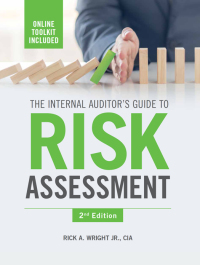Question
1. A manufacturer uses a particular product at a constant rate of 10,000 pieces per year, and wants to produce this product with a setup
1. A manufacturer uses a particular product at a constant rate of 10,000 pieces per year, and wants to produce this product with a setup cost of $5,000 which is incurred with every lot he produces. Manufacturers production rate is 20,000 pieces per year, and the unit manufacturing cost (independent from the setup cost) is $40 per piece. The annual inventory carrying cost is $8 per unit, and the manufacturer wants no shortages of the part (i.e. stockouts are not allowed).
(a) What is the optimal production quantity? What is the optimal cycle time? What is the optimal length of a production run? What is the maximum inventory level if the optimal production quantity is used? Answer:
Demand = D = 10,000 pieces /year Production Capacity = m = 20,000 pieces/year Set up cost = A= $5,000 / lot Manufacturing cost = v= $40 / piece Inventory carrying cost= h= $8 / unit
Optimal production lot size:
Optimal cycle time:
Optimal length of a production run:
Maximum inventory level:
(b) On a graph, illustrates the change in inventory level over time for 2 cycles. Indicate the values you found in part (a) on the graph. Answer:
(c) What is the optimal total annual cost (including setup, inventory carrying and purchasing costs)? Answer: Optimal Annual Cost is:
(d) Suppose that the manufacturer has a warehouse where the maximum number of pieces that can be stored is at most 2,000 pieces at any point in time. Check whether the capacity of the warehouse is enough to apply the optimal policy determined in part (a) for the unconstrained problem.
Using the Lagrange Multiplier method, determine the optimal production quantity for the production alternative in which the warehouse constraint is active. Answer:
The inventory model for this problem is as follows:
The Lagrange function becomes:
Taking the partial derivative of the Lagrange function with respect to Q and equate it to zero yields
Then we obtain Similarly, taking the partial derivative of the Lagrange function with respect to l and equating it to zero yields
Substituting * Q into the expression above yields
Substituting the values of the parameters in to the expression above gives us
The minimum total cost is
Step by Step Solution
There are 3 Steps involved in it
Step: 1

Get Instant Access to Expert-Tailored Solutions
See step-by-step solutions with expert insights and AI powered tools for academic success
Step: 2

Step: 3

Ace Your Homework with AI
Get the answers you need in no time with our AI-driven, step-by-step assistance
Get Started


